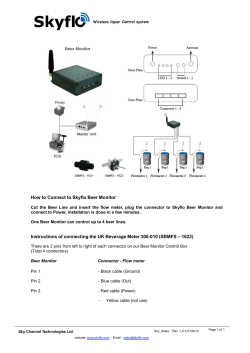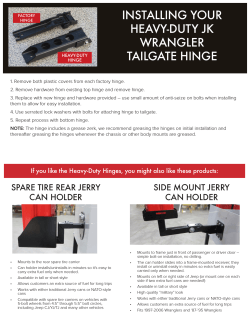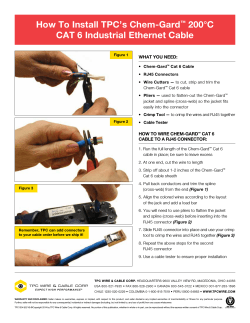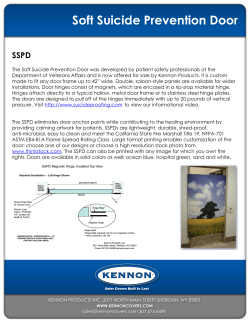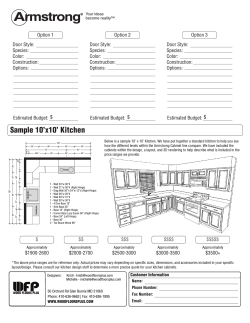
Sample 1
Sample 1 The tongs are designed to handle hot steel tubes which are being heat-treated in an oil bath. For a 20° jaw opening, what is the minimum coefficient of static friction between the jaws and the tube which will enable the tongs to grip the tube without slipping Sample 2 The system of two blocks, cable, and fixed pulley is initially at rest. Determine the horizontal force P necessary to cause motion when (a) P is applied to the 5-kg block and (b) P is applied to the 10-kg block. Determine the corresponding tension T in the cable for each case. Sample 3 Replace the system of two forces and couple by a wrench. Determine the magnitude of the moment M of the wrench, the magnitude of the force R of the wrench, and the coordinate of the point P in the x-y plane through which R passes. Sample 4 The hook wrench or pin spanner is used to turn shafts and collars. If a moment of 80 N.m is required to turn the 200-mm-diameter collar about its center O under the action of the applied force P, determine the contact force R on the smooth surface at A. Engagement of the pin at B may be considered to occur at the periphery of the collar. Sample 5 Determine the tension in the cable and the horizontal and vertical components of reaction at the pin A. Neglect the size of the pulley. (T = 267.86 kN Ax = 214.29 kN Ay = 128.58 kN ) Sample 6 Determine the horizontal and vertical components of reaction at pin C. (Cx = 800 N Cy = 400 N ) Sample 7 The wall crane supports a load of 700 N. Determine the horizontal and vertical components of reaction at the pins A and D. Also, what is the force in the cable at the winch W? (T = 350 N Ax = 1878.11 N Ay = 700 N Dx = 1703.11 N Dy = 1703.11 N) Sample 8 A man having a weight of 750 N (≈ 75 kg) attempts to lift himself using one of the two methods shown. Determine the total force he must exert on bar AB in each case and the normal reaction he exerts on the platform at C. The platform has a weight of 150 N (≈ 15 kg). ((a) F = 900 N, N = 1650 N (b) F = 450 N, N = 300 N) Sample 9 The uniform rectangular panel ABCD has a mass of 40 kg and is hinged at its corners A and B to the fixed vertical surface. A wire from E to D keeps edges BC and AD horizontal. Hinge A can support thrust along the hinge axis AB, whereas hinge B supports force normal to the hinge axis only. Find the tension T in the wire and the magnitude B of the force supported by hinge B. Sample 10 The cable CED can sustain a maximum tension of 800 N before it fails. Determine the greatest vertical force F that can be applied to the boom. Also, what are the x, y, z components of reaction at the ball-and-socket joint A? (F = 1311.96 N Ax = 0 N Ay = 1311.96 N Az = 655.98 N) Sample 11 The member is supported by a pin at A and a cable BC. If the load at D is 300 N (≈ 30kg), determine the x, y, z components of reaction at these supports. (TBC = 1050 N Ax = -450 N Ay = 900 N Az = 0 N My = -60 Nm Mz = -90 Nm) Sample 11 The pipe ACDE is supported by ball-and-socket joints at A and E and by the wire DF. Determine the tension in the wire when a 640N load is applied at B as shown. Sample 12 The two uniform slender bars constructed from the same stock material are freely pinned together at B. Determine the minimum angle θ at which slipping does not occur at either contact point A or C. The coefficient of static friction at both A and C is μs = 0.50. Consider only motion in the vertical plane shown. Sample 13 Three boxes are placed on the incline in contact with each other and released from rest. The coefficients of static friction under boxes A, B, and C are 0.30, 0.20, and 0.35, respectively. Describe what happens. Sample 14 Determine the smallest couple moment which can be applied to the 20-N (≈2-kg) wheel that will cause impending motion. The cord is attached to the 30-N (≈3-kg) block, and the coefficients of static friction are μB = 0.2 and μD = 0.3. (M = 1.2 Nm) 0.15 m C M 0.3 m 0.15 m B D Sample 15 Two blocks A and B, each having a mass of 6 kg, are connected by the linkage shown. If the coefficient of static friction at the contacting surfaces is μs = 0.5, determine the largest vertical force P that may be applied to pin C of the linkage without causing the blocks to move. Neglect the weight of the links. (P = 23.887 N) B C A 30º P 30º
© Copyright 2025








